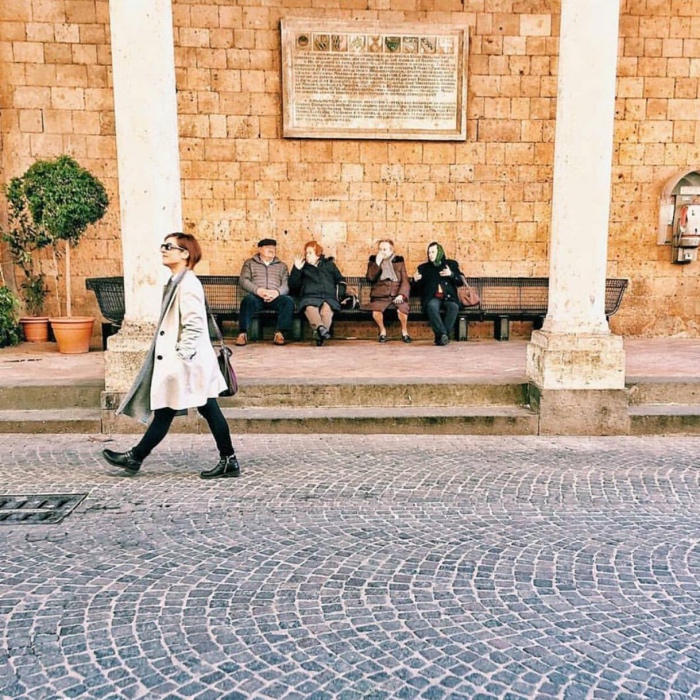
ORVIETO: WHAT TO SEE, WHERE TO EAT AND WHERE TO STAY
Last year the city of Genoa entered my heart, whereas this year I’ve fallen in love with the city of Orvieto.
Orvieto is an ancient city, inhabited by the Etruscans since the 9th century; it went through the centuries, and its past still lives in these tuff cliffs.
I spent a weekend in Orvieto, and I wanted to see everything. But when I arrived I let myself be lulled by that sensation that only a village like this can produce: the sensation that you can experience the real life, made up of simple things.
This was the right journey made at the right time, because in Orvieto you can attach importance to a walk or a chat with a friend. It’s almost equal to Mantua (read also my journey to Mantua, the italian capital of culture in 2016)
I’m not telling that Orvieto is the suitable place for those who search for opportunities to relax, but probably those who search for serenity can find it here. Like I did.
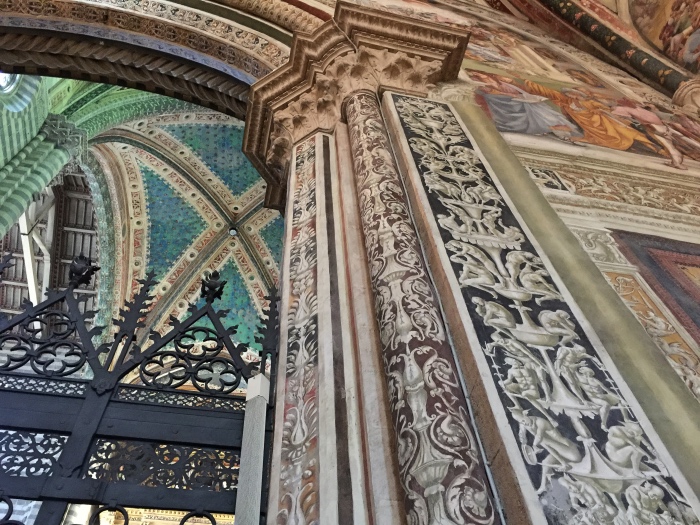
You have to visit Orvieto on foot, and soon you’ll discover there are two cities: the elevated city, made up of charming corners and striking artworks such as the Duomo (the Cathedral); and the underground city, dug by the inhabitants over the centuries, of which the Pozzo di San Patrizio (St. Patrick’s Well) is the most famous example.
If you visit Orvieto for the first time you can’t absolutely miss the Duomo and the Pozzo di San Patrizio.
READ ALSO: my visit in Florence. What to do in Florence: an itinerary.
Orvieto Cathedral
A majestic façade which looks like a jewel when is illuminated by sunlight.
It houses masterpieces inside an outside, from mosaics and bas-reliefs on the façade, up to the frescoes by Luca Signorelli in the Chapel of San Brizio.
Eventually, the Corporal of Bolsena, a masterpiece of goldsmithing of the 14th century housing the cloth stained with the blood of a consecrated host in 1263.
The event is the well-known Miracle of Bolsena.
St. Patrick’s Well
The well was dug at the behest of Pope Clement VII, and it’s an extraordinary engineering masterpiece of the 16th century.
It was built to be a refuge in the event of natural disasters or a siege, and its size is impressive.
The well is 62 meters deep, and inside the construction there are two double helix staircases never meeting, and 72 windows provide illumination.
Where I ate
I had lunch and dinner at Le Grotte del Funaro, a restaurant located literally inside a cave, and its tuff walls and exposed brick are very picturesque.
The restaurant serves delicious typical local dishes.
The staff is friendly and welcoming.
I had more than one aperitif at Caffè Montanucci, which offers a superb selection of sweets, cakes and pastry. I had two fruit soft drinks.
Where I stayed
I stayed at the hotel Palazzo Piccolomini, located in the historic centre of Orvieto, few meters away from the Duomo.
It’s a 15th-century building which was restored, where history meets the comforts of modern life.
The room where I had breakfast is completely covered with the typical tuff of Orvieto.
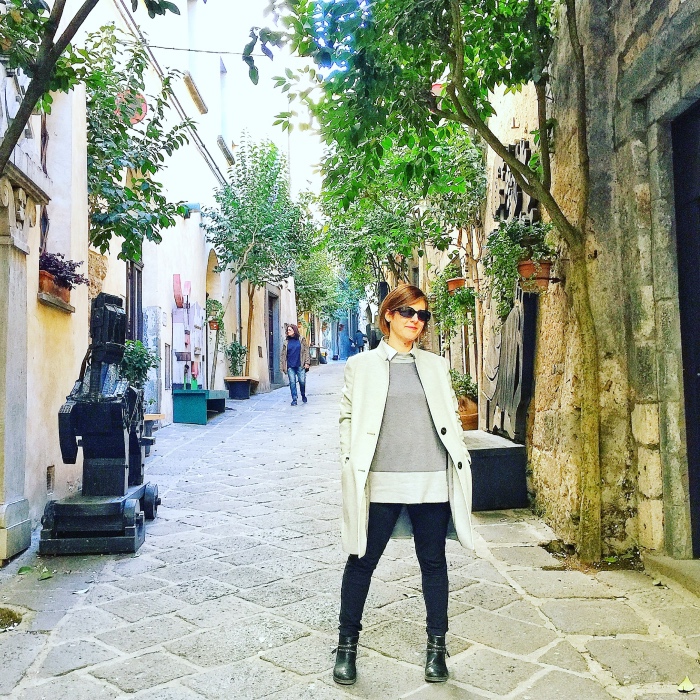
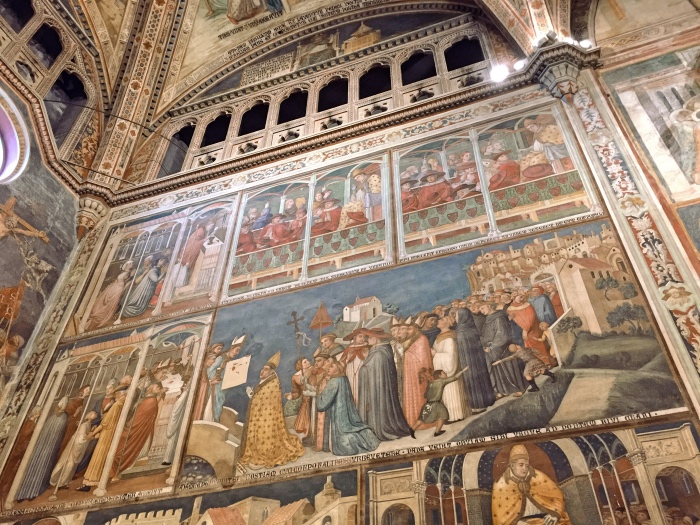
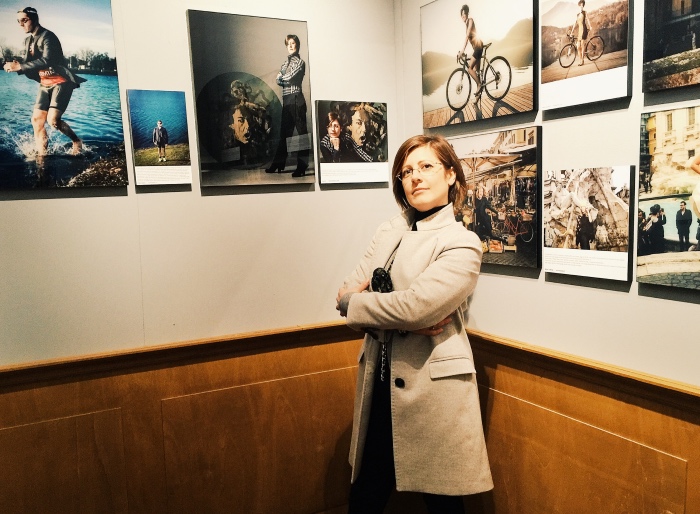
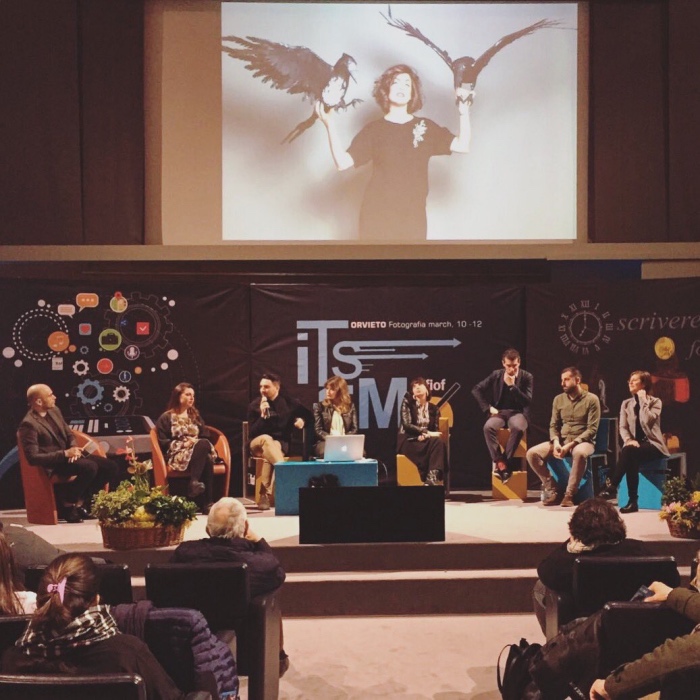
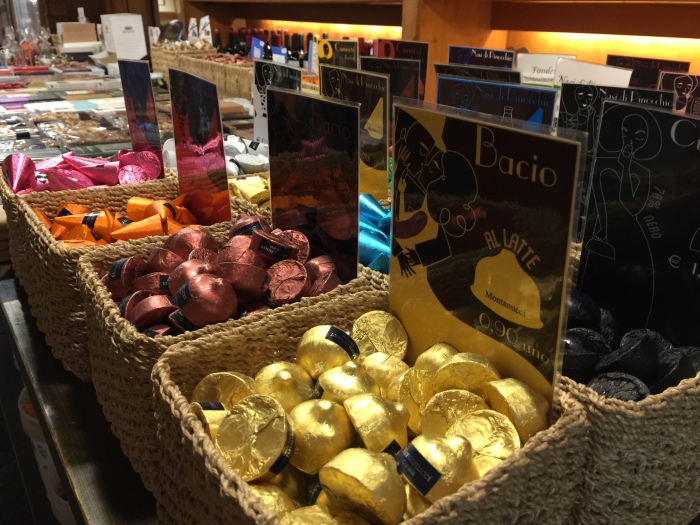
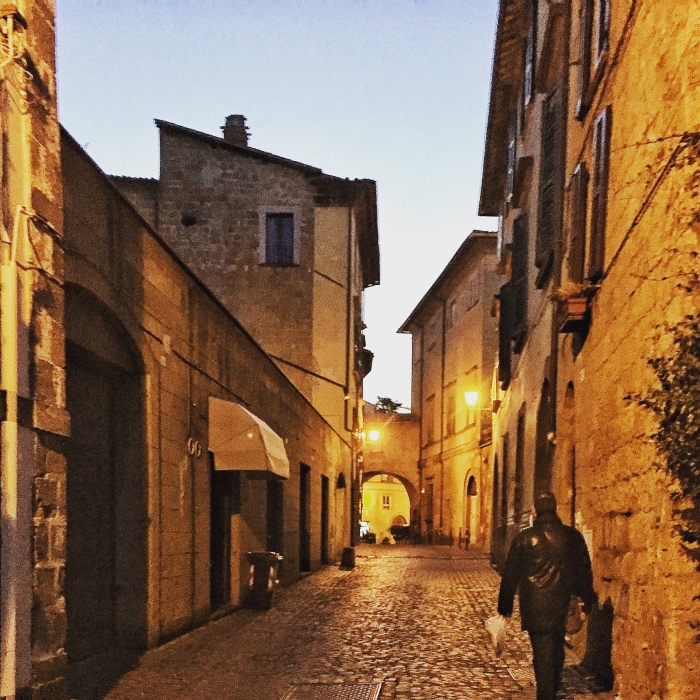


Condiviso sulla mia pagina AnimARSi Associazione Artistica Culturale. Ciao!
Grazie 🙂